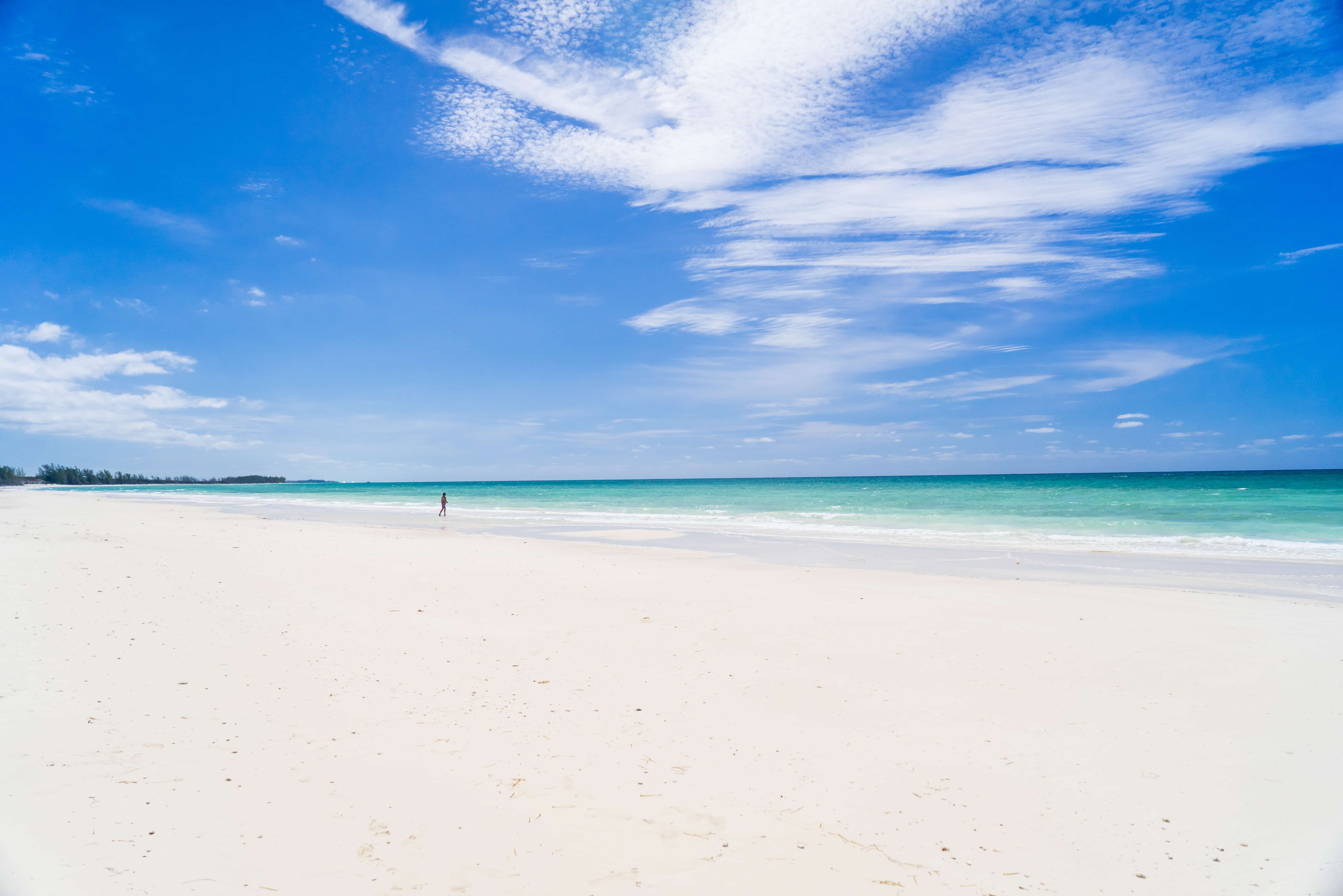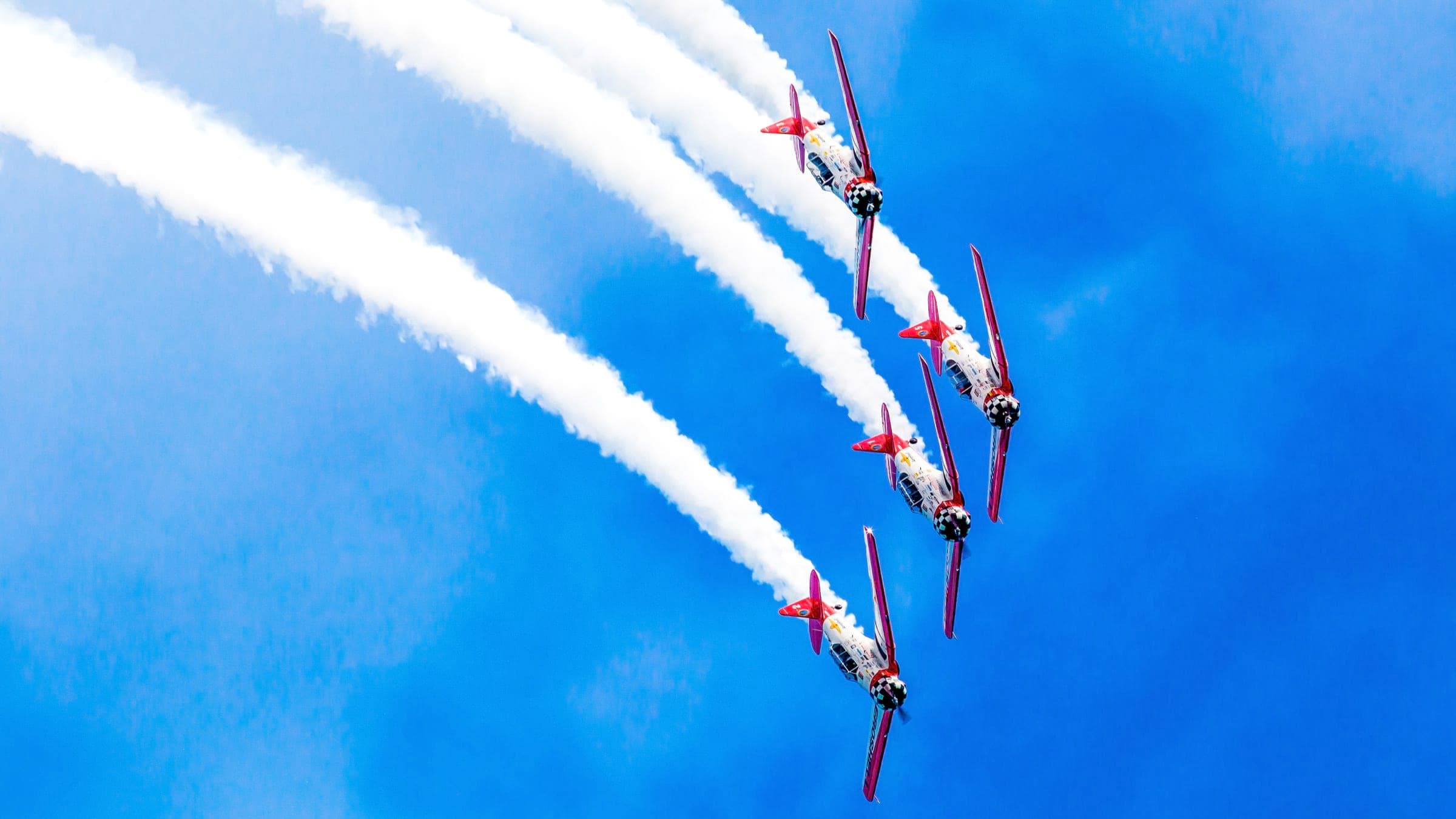GRAND BAHAMA ISLAND was not originally meant to pamper visitors. The fifth largest of the 700 islands of The Bahamas, Grand Bahama, and more specifically the Freeport Bonded Area, was planned and developed primarily to cater to a once burgeoning local lumber industry directed by American entrepreneur, Wallace Groves. Oil bunkering, quarrying and shipping concerns have also thrived here. Tourism? Yeah, it’s a pretty big deal as well, with sprawling resorts, championship golf courses, casinos, attractions like Port Lucaya and cruise lines large and small all finding a home amid Freeport’s ultra-modern landscape over the years.
All this may sound like one big tourist trap, but a closer look reveals another, more authentically West Indian side of Grand Bahama that may surprise. You see it in the island’s weekly series of fish fry’s, the Wednesday Night fete at Smith’s Point ranking as one of the best in all of the Caribbean. (No trip to Grand Bahama would be complete without checking out this midweek party.) You taste it in Grand Bahama’s impressive line-up of local beers, homegrown by a local man named Jimmy Sands with Bahamian roots that go back some 350 years. You can also experience it by spending an afternoon at Billy Joe’s, one of the most legendary beach bars in all of The Bahamas.
Of course, you can always escape the bustling crowds of Freeport by diving into Grand Bahama’s undersea environs, home to one of the region’s most amazing blue holes. For history buffs, there’s the town of West End, the capital of Grand Bahama where you can walk in the footsteps of the notorious Rum Runners that prowled the island during Prohibition. Cave diving, kayaking and nature walks in the Lucayan National Park also offer thrills for active travelers.









